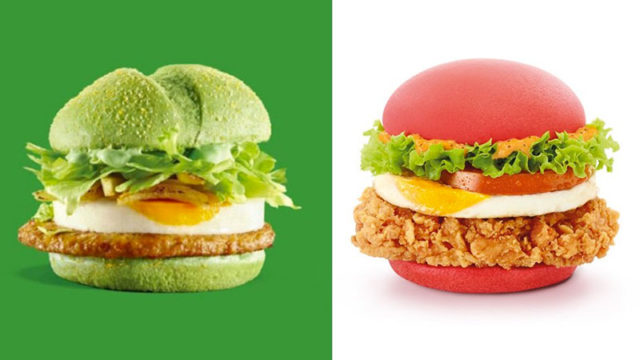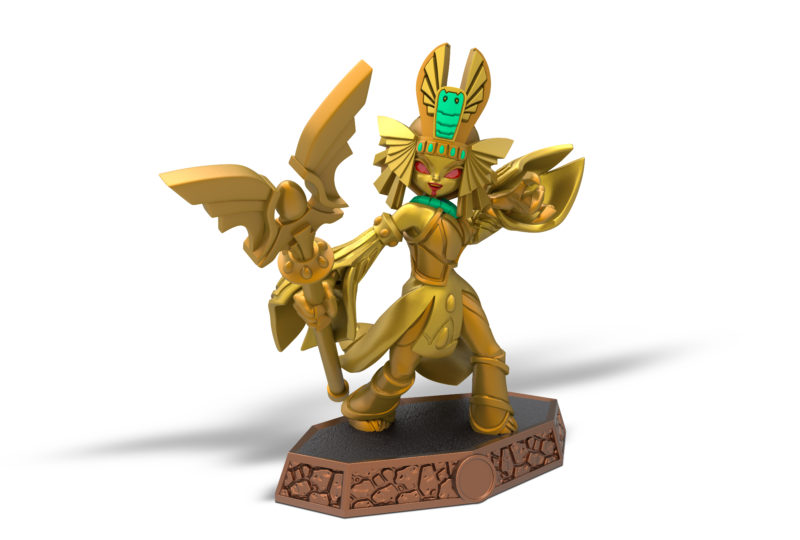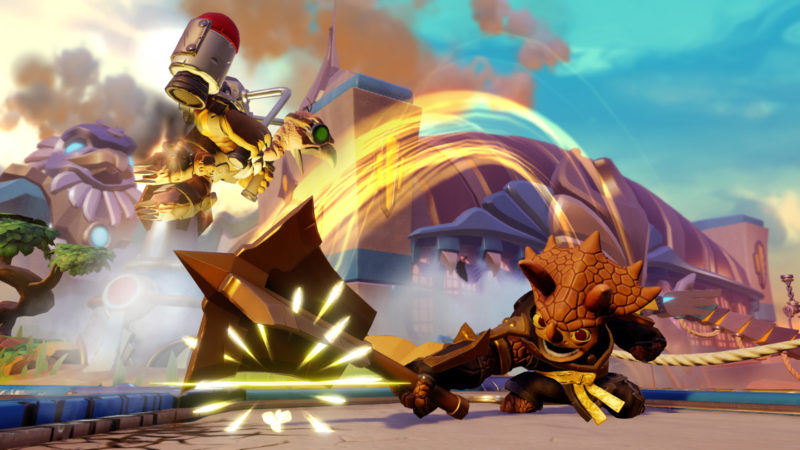NRG continues to do things differently in the world of eSports. More specifically, the team is at the forefront of integrating traditional sports thinking into the nascent professional video gaming landscape.
Andy Miller, co-owner of the Sacramento Kings and founder and chairman of NRG, has entered into an NBA-style “bench” sponsorship deal with non-endemic company BioSteel Sports Nutrition. Similar to how NBA teams sell sponsorship of the team bench, player towels, and water bottles for a brand (usually a sports drink), NRG will promote BioSteel across its League of Legends and Counter-Strike: Global Offensive teams.
“BioSteel is a major sports nutrition company for performance athletes,” Miller said. “They work across a lot of sports and individual athletes from baseball, golf, and basketball. Because we’re basketball owners and we have athletes like Shaq, A-Rod, and Jimmy Rollins as investors—we brought in a company that knows player health.”
Although there’s no official “bench” in eSports, and teams play in different venues across multiple leagues, BioSteel will be prominently featured and cross-promoted by NRG teams and players.
“Our guys will walk in with their towels and drinks, where it’s appropriate,” Miller said, noting that Valve’s rules for CS:GO are much more lenient than Riot Games’ for League of Legends. “When players leave the arena, they’ll have the product with them for post-game interviews. Some of the guys are fanatics about the product, others don’t use it. We’re not going to force it on anyone. When they do streaming, the folks who use it will talk about it. And it will be part of our gamer hub.”
The deal actually came about because NRG’s League of Legends player Lucas (Santorin) Larsen used BioSteel products religiously.
“Santorin is a healthy and handsome Nordic man who works out all the time,” Miller said. “When we signed him a few months ago, he made a video and sent it to me suggesting we get them as sponsors. He uses their products because they’re all-natural with no caffeine, so he can focus on a match and then go to bed that night and recover. I contacted the CEO and he was so taken by the video that we began talking and put this deal together.”
Miller said this deal is important not only as a new sponsor entering the eSports space from traditional sports, but because the product recognizes eSports players as the athletes they are.
“The global explosion of eSports is remarkable,” said John Celenza, CEO of BioSteel Sports Nutrition Inc. “By mirroring a partnership familiar to mainstream professional sports, it is an authentic participation for BioSteel in a new sports industry. We acknowledge the immense skill and level of influence that an eSports athlete possesses in their demanding practice and performance and are unified with NRG in promoting athlete health in eSports.”
To further acknowledge athleticism in eSports, BioSteel will inaugurate Santorin into Team BioSteel, a group of athletes from a spectrum of traditional sports that serve as role models for player health and are supported by BioSteel. He’ll have a link on the company website with his stats and workout routines and other information.
“We’ve been doing nutrition with sports psychologists and BioSteel is coming down and doing a day of training to educate players on how to take care of their body and mind at the same time. That’s a big theme for us.”
Miller said social will be part of the BioSteel deal. Select players will stream and talk about the health benefits of the product. They will also create videos like a “Day in the Life of Santorin” that will get into his physical workouts and fitness routines.
Melissa Brooks, co-owner of NRG, said the BioSteel deal will extend beyond the fitness and health of the teams, and out to the community of fans.
“We’re thinking of ways over the next few months to educate the community and give them access to the product,” Brooks said.
NRG’s CS:GO team is now a Top 20 team in the world, so they’re receiving invitations to events around the globe.
“We moved into a giant, beautiful house in the Hollywood Hills and they have what they need from a coaching, nutrition and health standpoint,” Brooks said. “We had a happy training camp, and I think we’ll show good results.”
The BioSteel deal is one that Miller believes will continue to expand over time.
“We’re adding more teams and athletes, so we’ll begin our relationship with these two games and teams and extend the deal as we grow,” Miller said.







